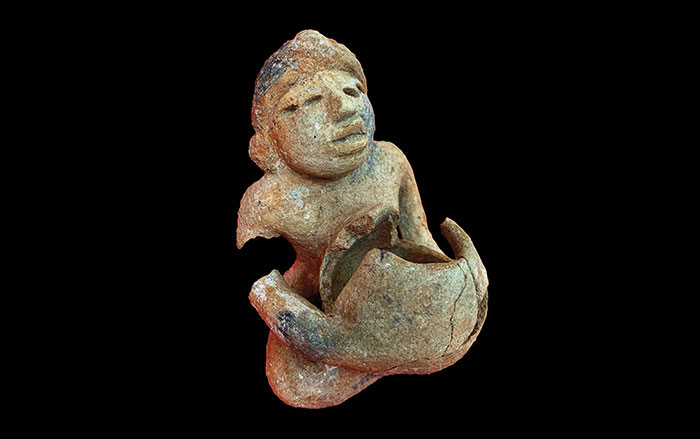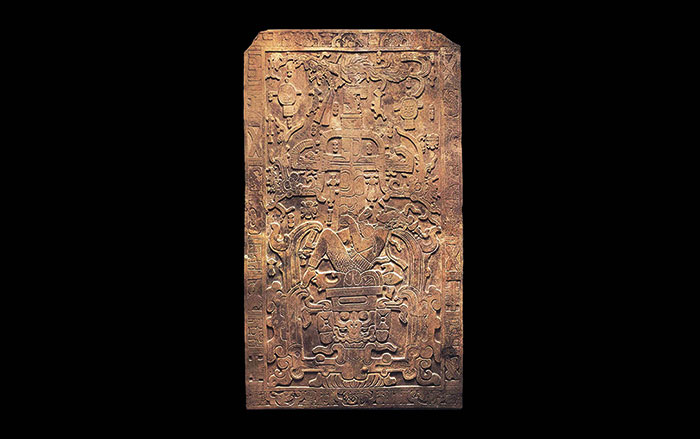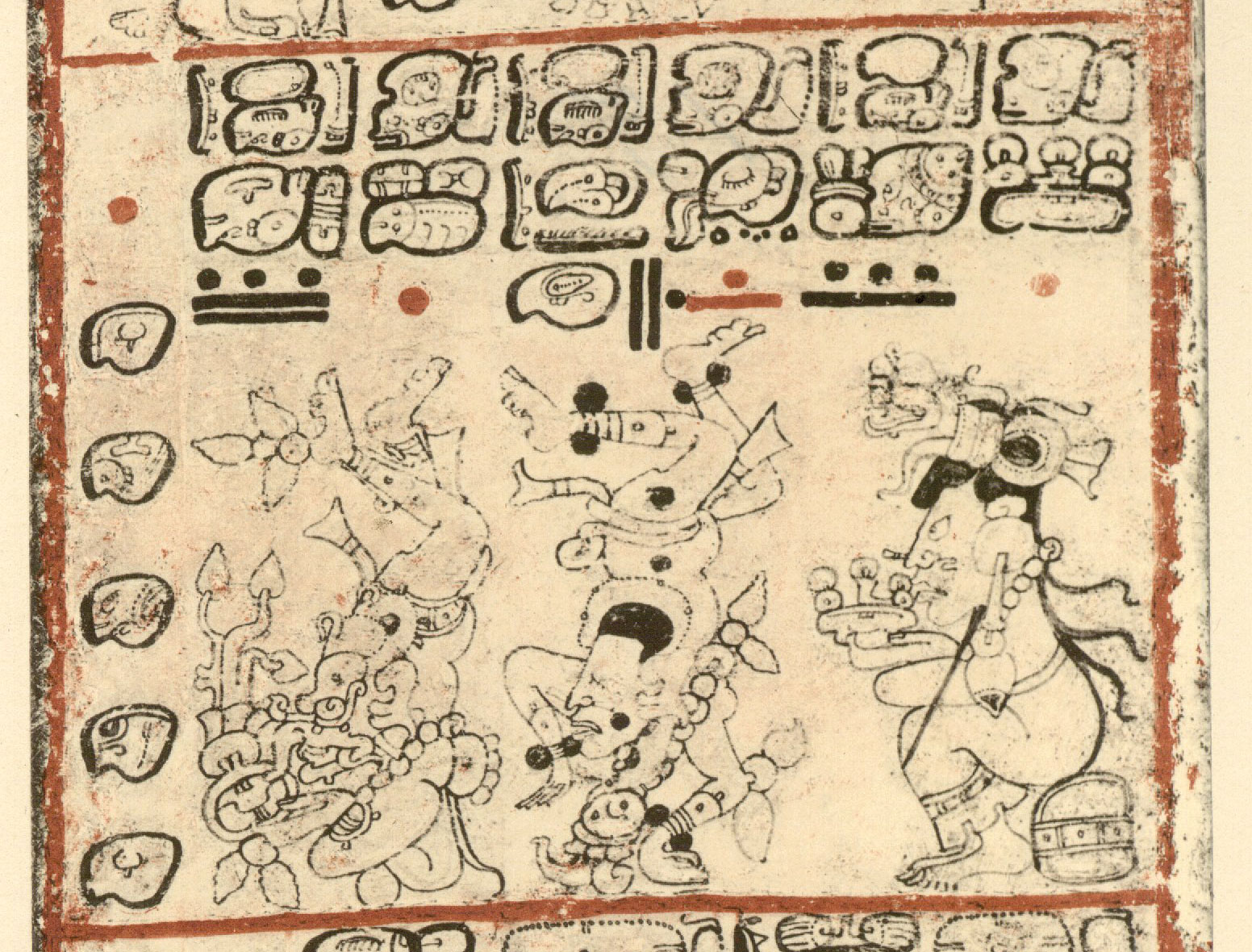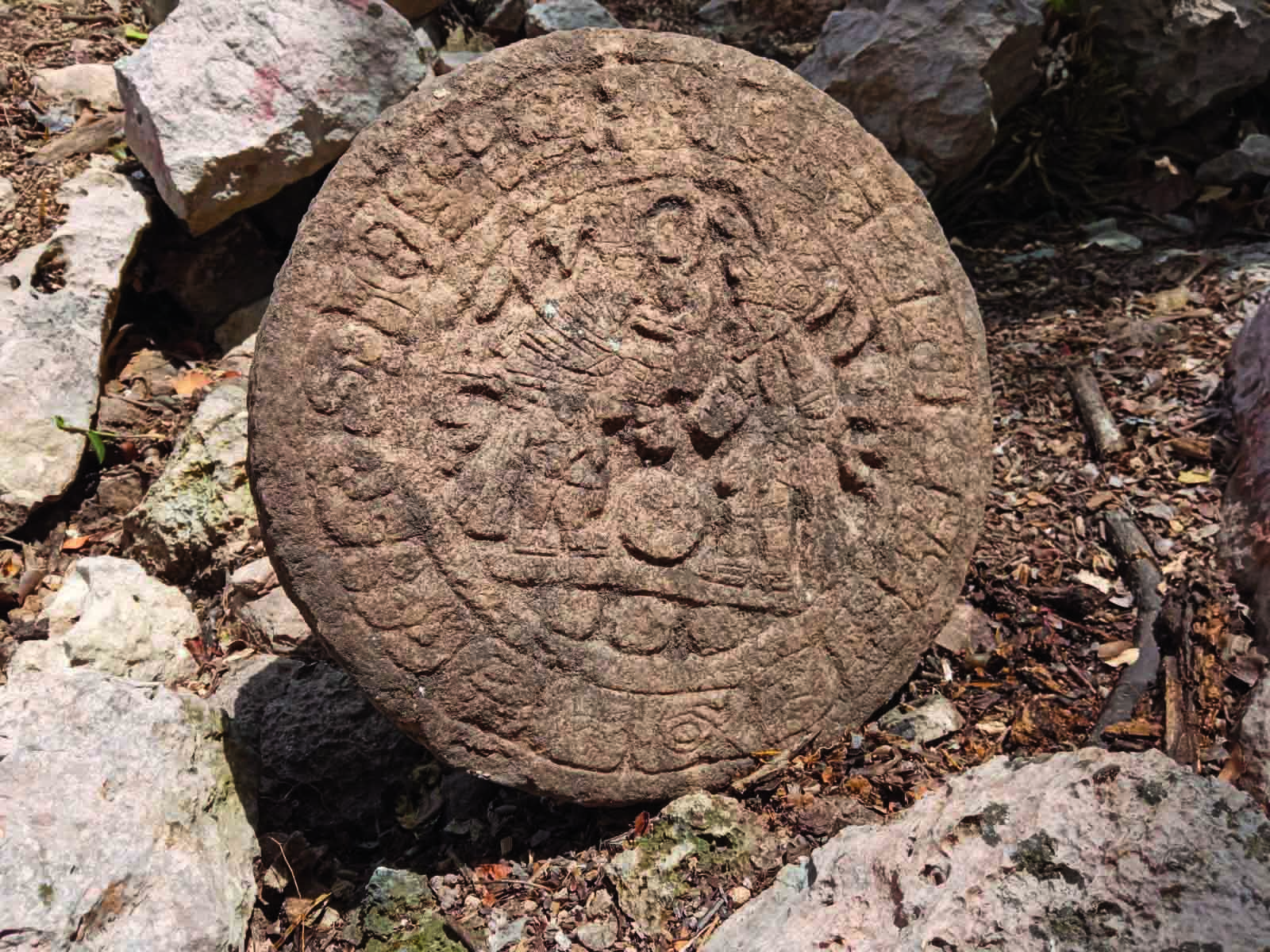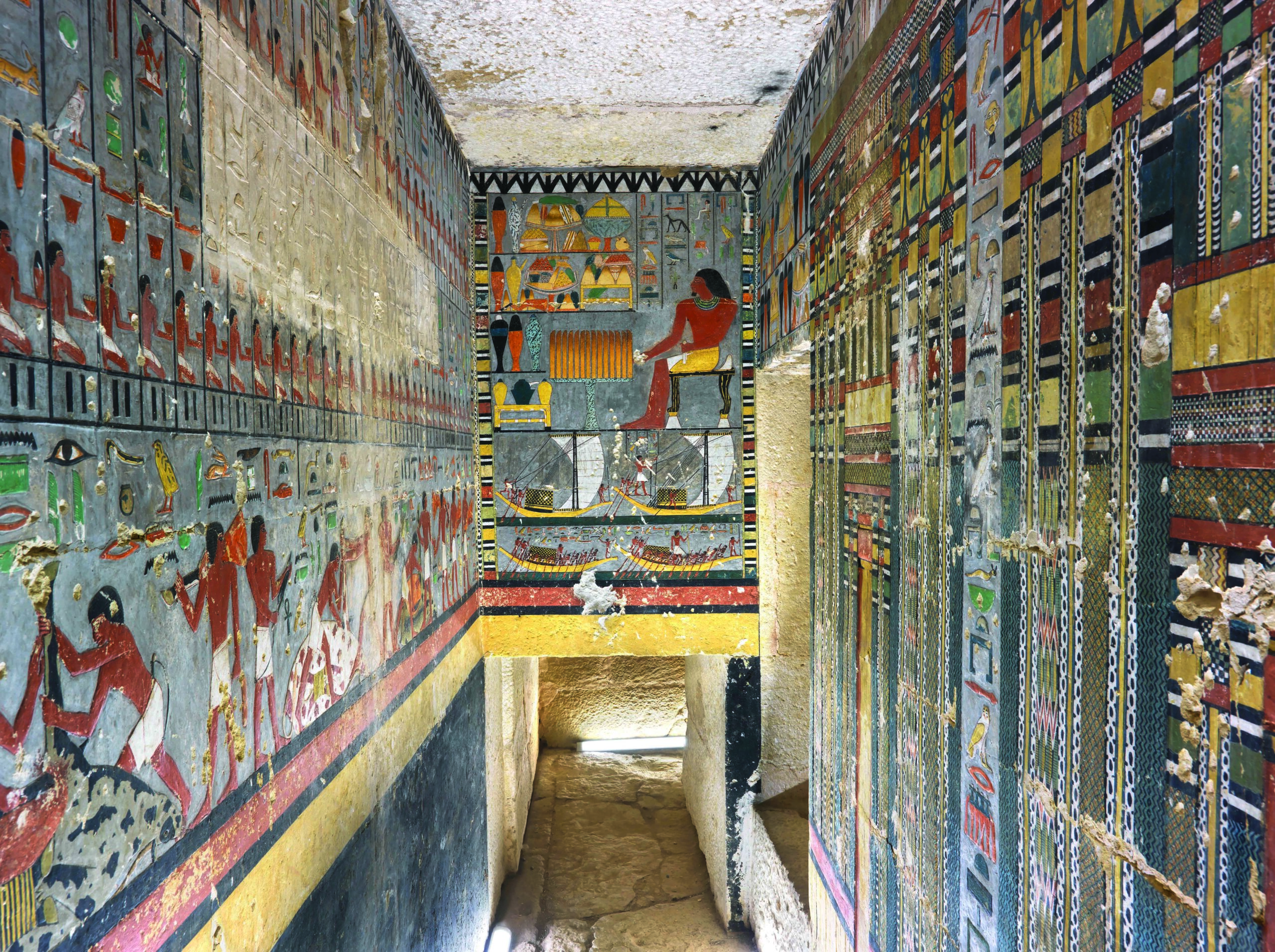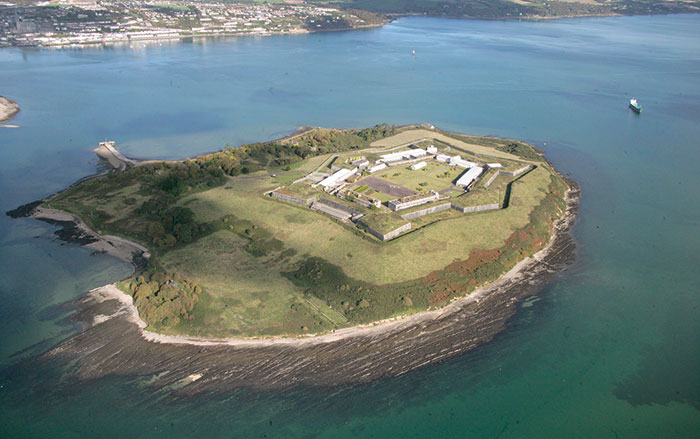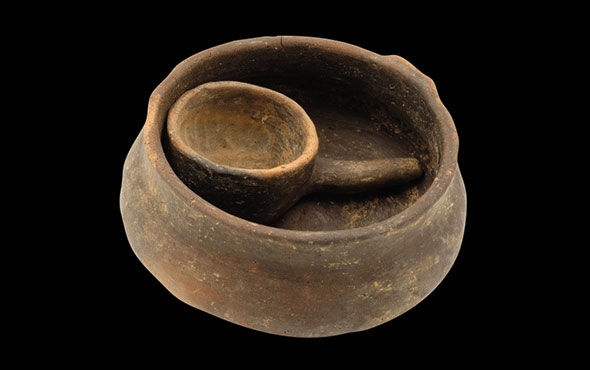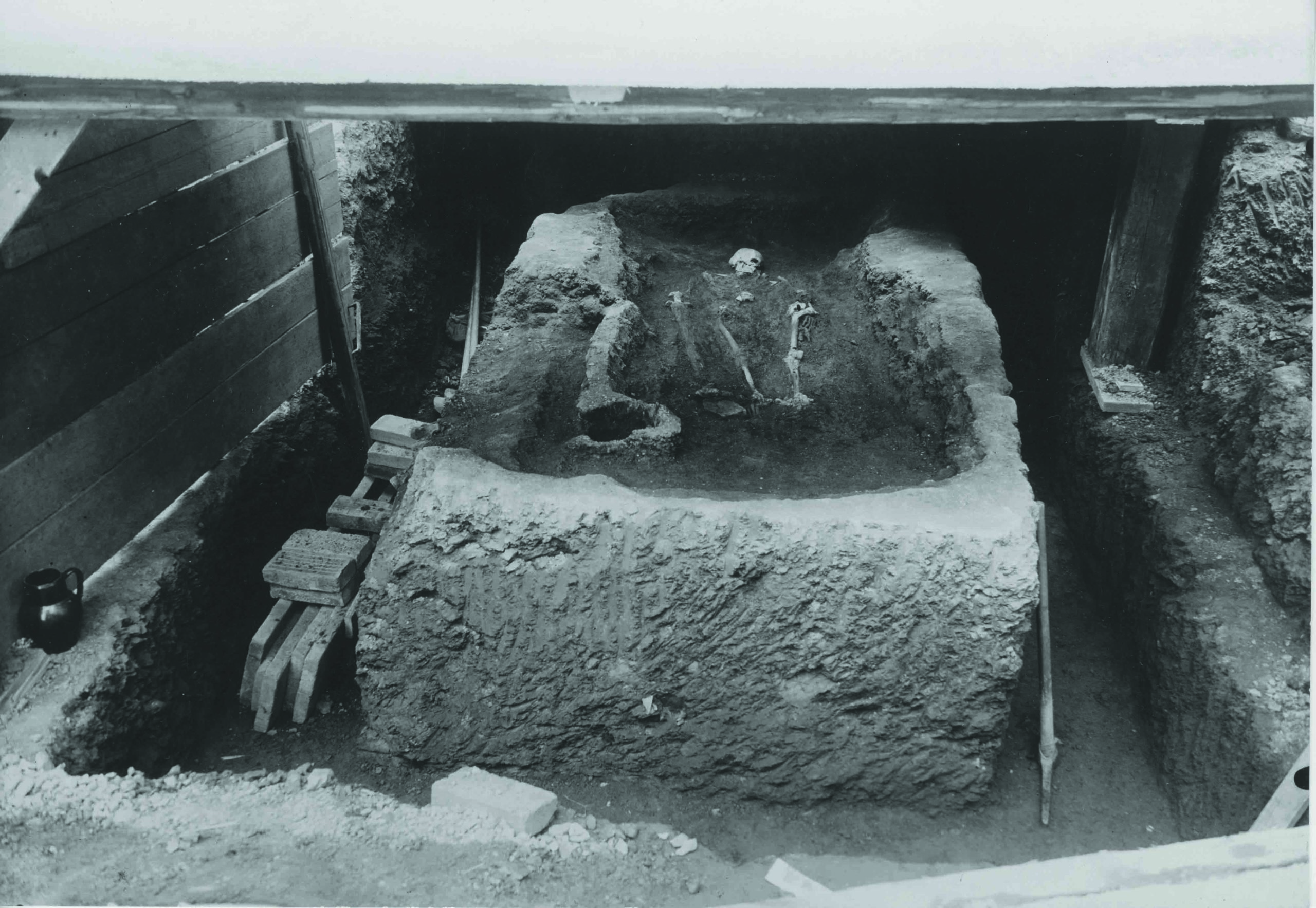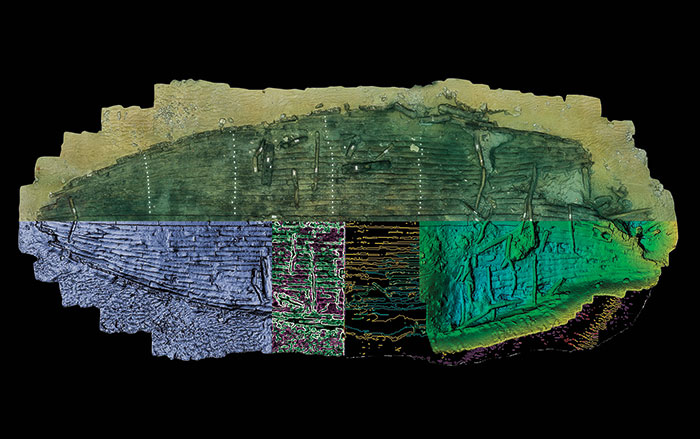
MIAMI, FLORIDA—According to a statement released by the University of Miami, archaeologist Traci Ardren conducted a lidar survey of the ancient 60-mile road that connects the Maya cities of Cobá and Yaxuná on Mexico’s Yucatan Peninsula. Known as a sacbe, or sacred road, the highway was engineered to be a flat surface made of stone and covered in white plaster that may have glowed at night. Analysis of the data found more than 8,000 structures along the route, and determined that the road does not follow a straight line, as had been previously thought. Ardren said the survey also detected towns and cities that predate the road along its route. She and her colleagues suggest the road was built by Lady K’awiil Ajaw, the ruler of Cobá at the turn of the seventh century A.D., to connect Cobá and Yaxuná and the settlements situated along the way. Lady K’awiil Ajaw may have even built the road in an effort to expand her power and invade Yaxuná. Ardren said her team plans to examine household goods in the two cities to see if they are similar to each other. To read about ritual objects found in an underground cave system at Chichen Itza, go to "Maya Subterranean World," one of ARCHAEOLOGY's Top 10 Discoveries of 2019.


